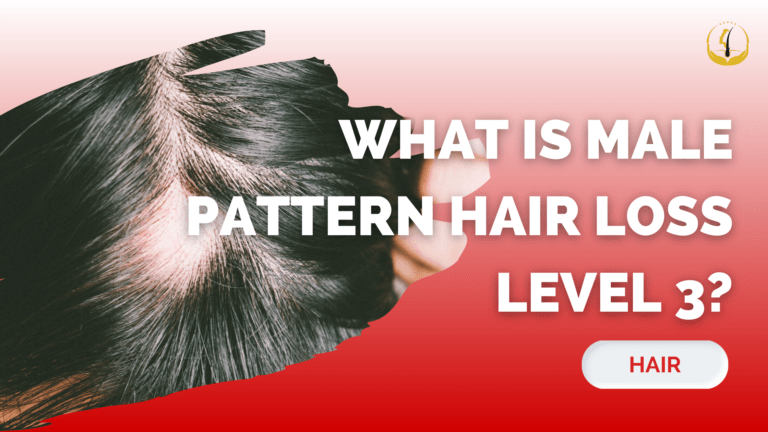Male Pattern Hair Loss (MPHL), also known as androgenetic alopecia, is a common condition that affects a significant portion of the male population. It is characterized by a predictable pattern of hair loss that follows a distinct progression. Let’s explore deeper into Male Pattern Hair Loss Level 3, exploring its causes, symptoms, and potential treatment options.
Male Pattern Hair Loss Level 3
Male Pattern Hair Loss is categorized into several stages or levels, with Level 3 being a notable point in the progression of the condition. At this stage, individuals typically experience a more pronounced thinning of hair on the crown area, also known as the vertex. Hair loss in this region becomes more evident, leading to increased visibility of the scalp.
Causes of Male Pattern Hair Loss
Male Pattern Hair Loss is primarily attributed to genetic and hormonal factors. It is influenced by the interplay between androgens (male hormones) and genetics. The hormone dihydrotestosterone (DHT) is a key player in the development of MPHL. In genetically predisposed individuals, DHT attaches to hair follicles, leading to their miniaturization and eventual cessation of hair production.
Symptoms of Level 3 Male Pattern Hair Loss
Male Pattern Hair Loss Level 3 is characterized by the following symptoms:
- Crown Thinning: Thinning hair at the crown of the scalp is a hallmark of Level 3 MPHL. Hair becomes sparse, and the scalp becomes more visible, creating a circular or oval-shaped balding pattern.
- Hairline Maintenance: Unlike earlier stages of MPHL, the hairline at Level 3 is often relatively preserved. However, further progression of the condition may lead to a receding hairline in later stages.
- Hair Shedding: Increased hair shedding during daily activities such as showering or combing is common. This shedding is a result of weakened hair follicles producing thinner and finer hairs.
Treatment Options for Male Pattern Hair Loss Level 3
While Male Pattern Hair Loss is a progressive condition, there are various treatment options available to manage its symptoms and slow down its progression:
- Medications: Two FDA-approved medications, finasteride (oral) and minoxidil (topical), are commonly used to treat MPHL. Finasteride works by reducing DHT levels, while minoxidil promotes hair growth by improving blood circulation to the hair follicles.
- Low-Level Laser Therapy (LLLT): LLLT involves the use of specialized devices that emit low-intensity laser light to stimulate hair follicles, promoting hair growth and increasing hair density.
- Hair Transplant Surgery: Hair transplant procedures involve the transplantation of healthy hair follicles from one area of the scalp (usually the back of the head) to the thinning or balding areas. This surgical option provides long-lasting and natural-looking results.
- Lifestyle Changes: Adopting a healthy lifestyle, including a balanced diet, regular exercise, and stress management, can contribute to overall hair health.
- Camouflage Techniques: Various cosmetic products, such as hair fibers and concealers, can be used to temporarily mask the appearance of thinning hair and create the illusion of fuller hair.
Male Pattern Hair Loss Level 3 is a significant stage in the progression of androgenetic alopecia, characterized by pronounced thinning at the crown area. While it can be distressing, there are several treatment options available to manage the condition and promote hair growth. Consulting with GLOJAS experts is essential to determine the most suitable treatment plan based on individual needs and preferences.
Consult for FREE at GLOJAS Hair Specialist Clinic. We provide the best solution-oriented Hair Transplant Malaysia with our specialist doctors experts in their fields, treating all of our patients with honest, trustworthy, ethical, and equal service of the highest quality, meeting all the required national and international standards.
